Biko Kulubasa – Rice Coconut Cake with Kabocha Squash
As an Amazon Associate and member of other affiliate programs, I earn from qualifying purchases.
When I was asked by the Kapampangan Listorian, an online publication, for a list of my favorite Kapampangan holiday desserts and sweets, I included Biko Kulubasa. This was a fun round-up of Filipino treats to put together. In half an hour, I had assembled over 15 favorites, mostly from memory.
Biko Kulubasa, made with kabocha squash, often appeared at our family’s holiday table during my childhood in Tarlac. There was something appealing about the dark yellow, sticky rice cake, the granules plump and glistening and the entire round delicacy ensconced in a bilao (woven flat basket) lined with banana leaves. This type of biko (rice cake) was a gift from friends. Back then, our home in the Philippines was bustling with excitement and noise of everyone scurrying to and from the kitchen and dining room. The doorbell was constantly ringing heralding the delivery of gifts – mostly food, all homemade delicacies of family and friends. As the doorbell rang incessantly, so did our dogs’ barking, possibly to mirror our excitement as well.
Today, in my American kitchen, as I stared at the big round kabocha squash before me, I was reminded of those December days from years past. Squash is abundant in the markets this time of year. I am drawn to the kabocha squash because of my familiarity to this vegetable, especially in different dishes my mom taught me to cook. However, I admit the tough, green outer skin of the kabocha squash (also called ‘kalabasa’ by Filipinos) is hard to cut through. I found a way to get through it by blanching the entire half for a few minutes. This made it easy to scrape off the seeds, slice and cut into cubes.
My good friend and fellow blogger, Namiko Chen of Just One Cookbook has a good video tutorial of how to cut open a kabocha squash. You may want to check it out on her site. Namiko has a great collection of Japanese squash recipes, too.
Anyway, after cooking the kalabasa in Gulay sa Gata (Vegetables in Coconut Milk), I made Ukoy (squash and shrimp fritters), and I made the delectable Yema with Squash candy, I still had leftover squash. What else could I do, I asked myself. Instantly my own list on the Kapampangan Listorian sparked an idea. I had enough squash to make the Biko Kulabasa.
First, I soaked the sweet rice grains in water, in the refrigerator overnight. You can do this quick task just before you go to bed like I did. The next day, the rice grains had swelled and were ready for cooking.
I mashed squash and simmered it in coconut cream. Then I got the sweet rice going in the skillet, adding the coconut milk, sugar and salt. The rice grains soon started to get plump and soft. I stirred the mixture gently and added the mashed squash. Before long, the entire combination was ready for the oven.
When I took the biko out of the oven, the sultry sweet aroma of coconut captivated me. I set the baking pan down on the counter to cool and marveled at my rice cake with squash. I stirred the latik (coconut sprinkles) I previously made and sprinkled some over the Biko Kulabasa.
The coconut and squash aroma filled the air and must have floated down to the garage because my husband came into the kitchen to admire my concoction and asked, “What smells so good?”
“It’s Christmas. Everything smells good because it’s Christmas,” I smiled.
Biko Kulubasa - Rice Coconut Cake with Squash
Equipment
- Mixing bowls - small and large
- Large skillet or Wok: 12 to 14 inches diameter
- Baking pan - 8 x 8 inches; or 9 X 11 inches
- Small saucepan
Ingredients
- 1 1/2 cups sweet rice or Filipino malagkit
- 1 can (14 oz.) coconut cream, divided; half can for squash; rest for latik
- 3 cups cold water for soaking rice overnight; add more water if needed; rice grains must be submerged
- 1 cup mashed kabocha squash
- 1 can (14 ounces) coconut milk
- 3/4 cup brown sugar
- 1/4 teaspoon salt
- 2 to 3 Tablespoons coconut oil use 1 Tablespoon for skillet
- 1 teaspoon unsalted butter softened at room temperature
Instructions
- The night before: In a small bowl, combine the sweet rice grains (uncooked) and water enough to cover it. Cover the bowl and refrigerate the rice grains at least 6 hours or overnight.
- The following day, prepare the kabocha squash: Blanch half of a squash in water over high heat for 5 to 6 minutes. The inside skin should be soft enough to manage. Scrape off the seeds. Cut the inside orange flesh into cubes, then mash it till you have about one cup for this recipe. Set aside. *Note: use excess squash for vegetable dishes.
- In a small saucepan, over medium heat, combine the mashed squash and ½ can of coconut cream. Simmer for 5 to 6 minutes. Turn off heat and set aside.
- Take the pre-soaked rice grains and drain the water. Using a large skillet, over medium high heat, add one tablespoon of coconut oil. When skillet is heated up after 1 minute, combine the rice grains, coconut milk, brown sugar and salt. Blend well.
- After about 10 minutes, the rice grains would have puffed up and grown larger. Keep stirring as you add the mashed squash-coconut cream mixture. Incorporate ingredients well.
- If skillet has become too hot, lower heat to a simmer so mixture does not burn. Stir and cook till mixture thickens for about 6 to 7 minutes more.
- Preheat the oven to 375 F. Grease with 2 Tablespoons coconut oil an oven-proof baking pan (8 x 8 inches).
- Transfer the entire rice-squash mixture to the greased baking pan. Dot the top with a teaspoon of butter all over. Bake at 375 F for 35 minutes. Test if done by sticking the tip of a small knife at the center. If knife comes clean, and biko is firm, then it’s cooked.
- Let the biko cool on the counter for 5 to 10 minutes. Then sprinkle the latik over the biko or serve the coconut sprinkles on the side.
- How to make the Latik: In a small sauce pan, over medium heat, add the ½ can of coconut cream. Stir the coconut every now and then. Be attentive to the sauce pan. The white liquid will transform to solid, brown sprinkles in about 20 to 25 minutes. Remove from heat. Use these latik for the biko topping or for other kakanins. Latik can be stored in the refrigerator for about one week.
- Hello, Friends! All the images and content on this blog are COPYRIGHT PROTECTED and owned by my media company Besa-Quirino LLC. This means BY LAW you are NOT allowed to copy, scrape, lift, frame, plagiarize or use my photos and recipe content I wrote, on your website,books, films, television shows or videos without my permission. If you want to republish this recipe or content on another website, video, news article,or media outlets mentioned above please ASK my permission, re-write it in your own words and simply link back to this blog to give proper attribution. It’s the legal thing to do. Thank you. Email me at [email protected]
Nutrition
Notes on Nutrition: The nutrition information provided is an estimate and will vary based on cooking methods and specific brands of ingredients used.
Did you like this recipe? I have more classic recipes inspired by my late mother’s cooking in my popular cookbook: My Mother’s Philippine Recipes. If you’re learning how to cook Filipino food or a fan of Philippine cuisine, buy my cookbooks and books on Amazon.com sold worldwide in paperback and Kindle format.
Hello, Friends! Please DO NOT LIFT OR PLAGIARIZE my original recipe, stories, photos or videos. All the images and content on this blog are COPYRIGHT PROTECTED and owned by my media company Besa-Quirino LLC. This means BY LAW you are NOT allowed to copy, scrape, lift, frame, plagiarize or use my photos, essays, stories and recipe content on your websites, books, films, television shows, videos, without my permission. If you wish to republish this recipe or content on media outlets mentioned above, please ASK MY PERMISSION, or re-write it in your own words and link back to my blog AsianInAmericaMag.com to give proper attribution. It is the legal thing to do. Thank you. Email me at [email protected]

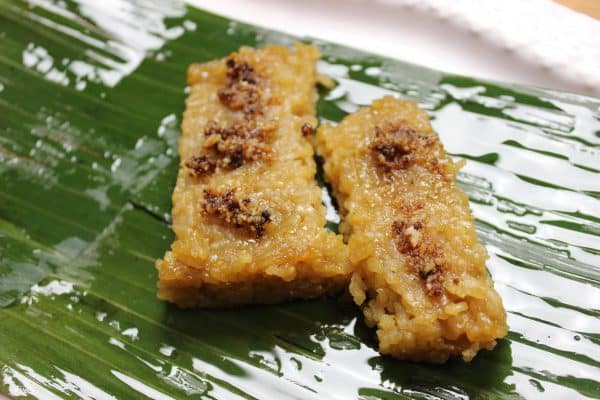
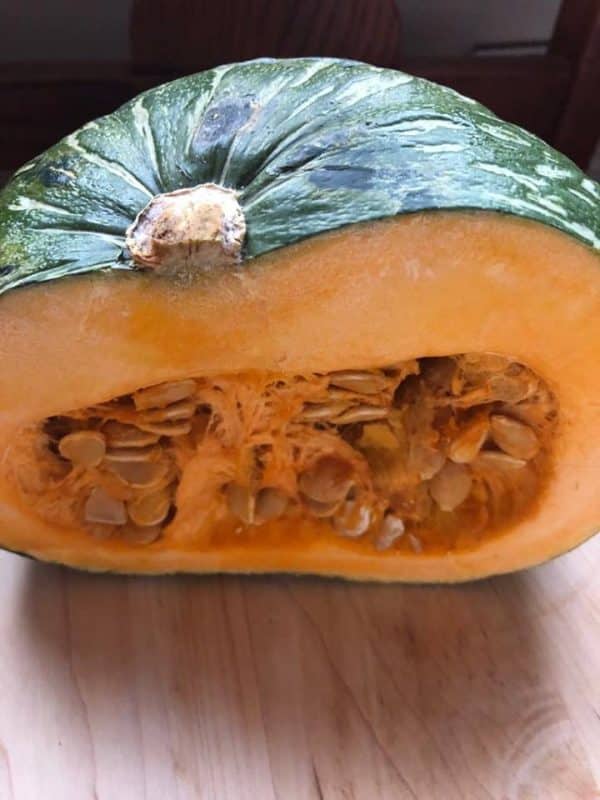
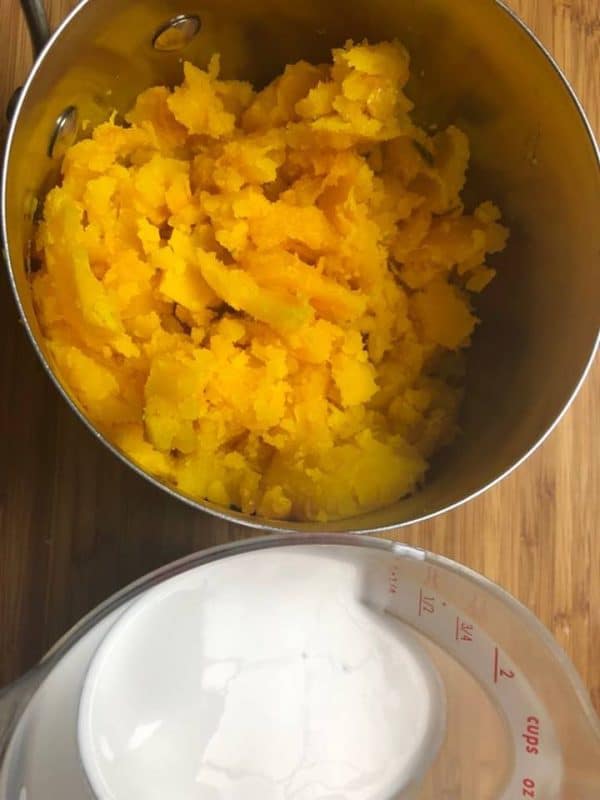
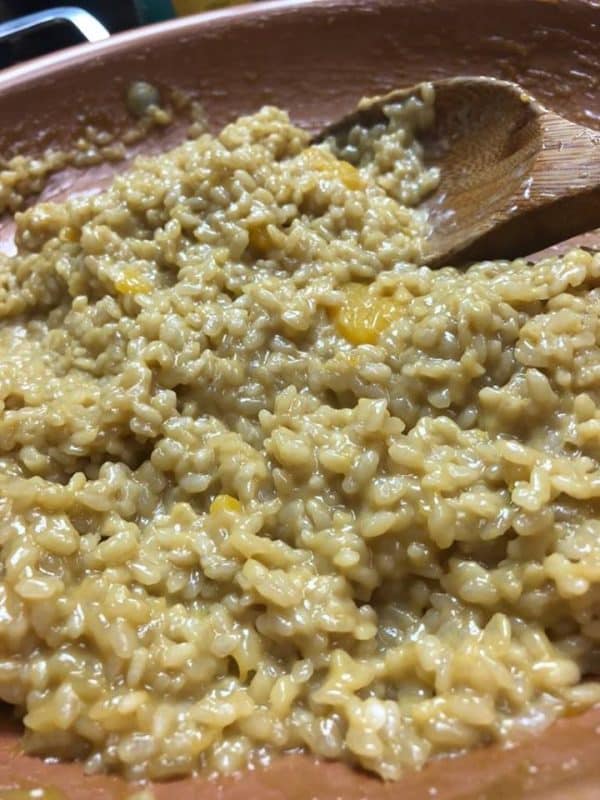
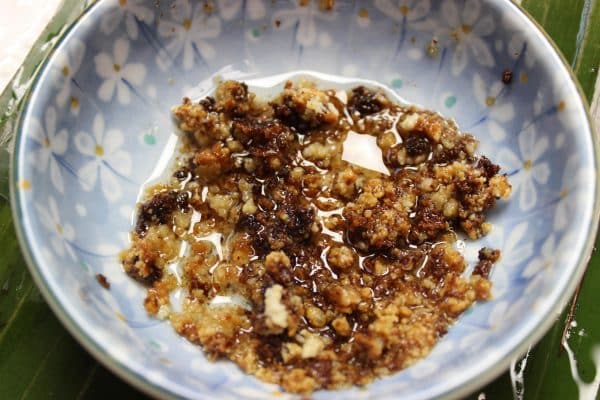
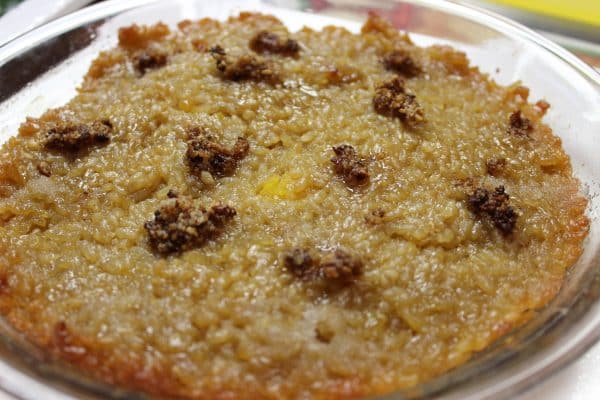
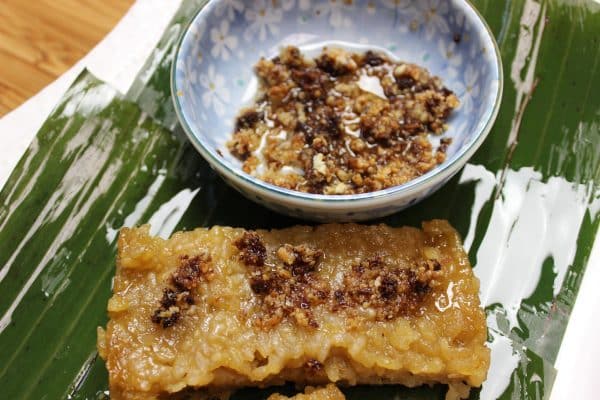
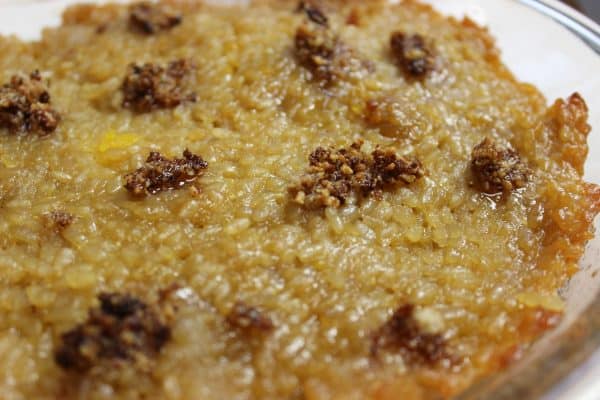
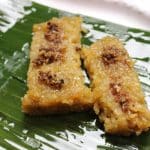
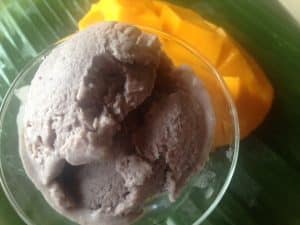
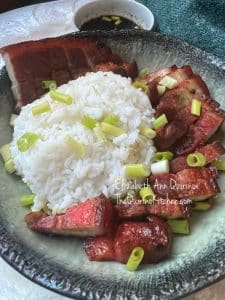
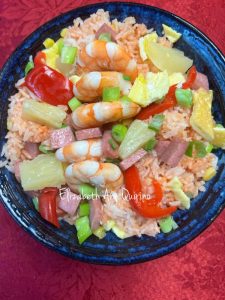
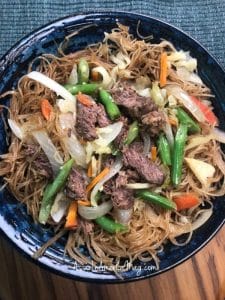
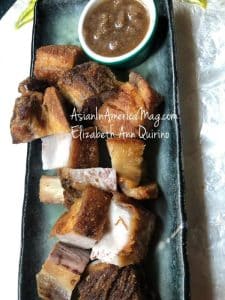
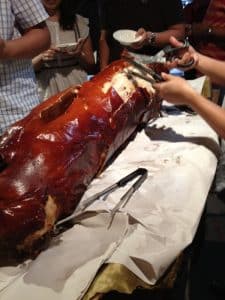
2 Comments